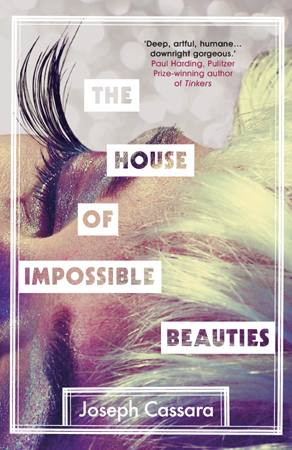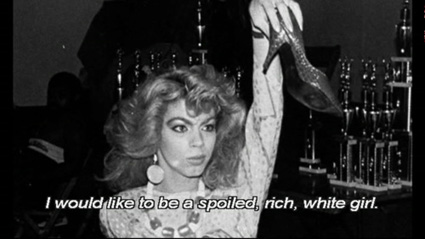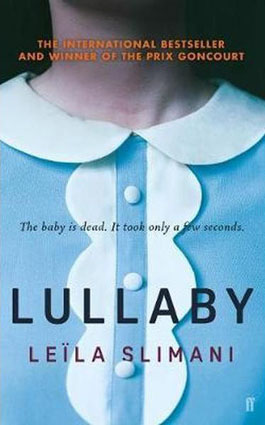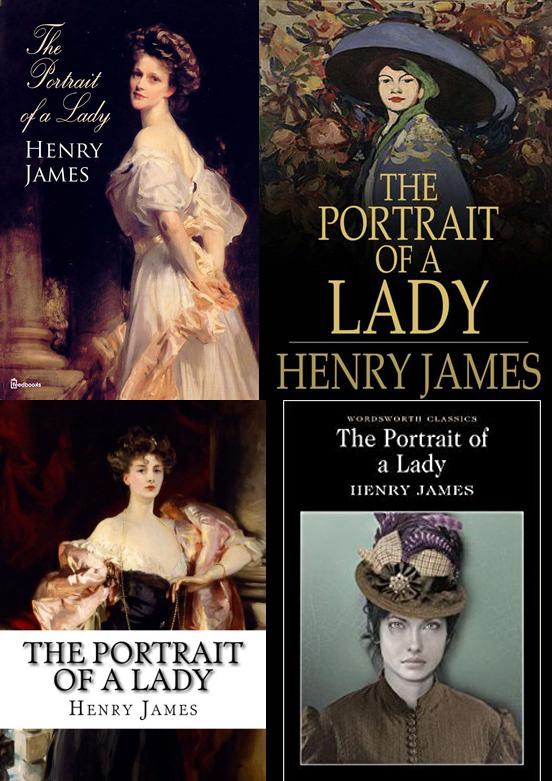The novel “Kintu” by debut novelist Jennifer Nansubuga Makumbi has been frequently compared to Yaa Gyasi’s hugely popular “Homegoing” because of its structure as an African family epic. However, “Homegoing” begins in the Gold Coast of West Africa (now Ghana) and “Kintu” takes place in the Buganda kingdom (today known as the Republic of Uganda). Makumbi’s ambitious tale begins in 1750 when Kintu Kidda, the leader (Ppookino) of the Buddu Province, travels with a group of men to swear loyalty to the new king (kabaka) of the entire Buganda kingdom. Kintu demonstrates what a savvy politician he is making alliances and also balancing his time between his many wives that he’s taken for political reasons. A tragedy occurs concerning Kintu’s adopted son Kalema and this sets in motion a series of calamities surrounding his favoured wife Nnakato and his heir Baale. It also sparks a legendary curse upon his family which is still felt amidst his descendants who we meet when the book leaps forward in time to the recent past. As the novel relates the backstories and present conflicts of several of these descendants we gradually understand why the clan attempts to reform and finally put this curse to rest. This deeply compelling and fascinating story describes the way oral history and local mythology continues to play a part in the daily lives and complicated political attitudes of people in Uganda today.
I was impressed by the way Makumbi organised the stories and characters in a way which is mostly easy to follow despite the intricate complexities of this tale. As with most big epics, it helps that there is a family tree at the beginning of the book to refer back to. Nevertheless it can be difficult to keep track of them all because (like when reading a big Russian saga) many characters have a few different names or nicknames. One character’s name is actually changed multiple times between his birth and his independent decision as a teenager to take a different surname. Matters are complicated a bit more because many of the characters are twins so it can be hard at times to sort out the relationships between people and the multiple branches of this large family. But Makumbi has that wonderful gift as a storyteller of drawing you into the immediate dilemmas of her characters so it’s like you can imaginatively see them in a three-dimensional way and, even if you don’t immediately grasp their exact placement within the family, you are still gripped by the drama of their situation.
Story-telling and the way stories morph over time is such an integral part of this novel. I found it quite moving how the book begins by showing the reality of the legendary Kintu and his family and then moves to the present where his tale has been mythologised and takes on different versions. The way the “curse” manifests within the lives of his different descendants reflects poignantly on their situations either as a religious fanatic whose sect is rapidly shrinking, a scholar who lived in political exile throughout the heinous killings of Idi Amin’s regime, a woman haunted by a sexual attack or a man terrified that he may be HIV+. The differences between these characters reflect the wide diversity of attitudes, beliefs and economic positions of citizens in Uganda today. Class conflicts felt between the Tutsi population and other groups reverberates from Kintu’s time all the way through to the present. But I particularly appreciated how many of the characters stand out as individuals (not just representatives of specific social issues). For instance, there’s a particularly powerful depiction of a strong warrior leader during Kintu Kidda’s time whose bisexuality is practiced openly and a daughter of the family in the current time period who is a notorious military leader.
I enjoyed the way “Kintu” incorporates history into the present day lives of its character as a way of showing how people in Uganda might differently express their sense of national identity. As a country that gained independence from Britain in the early 1960s and then suffered from a military coup and a dictator's rule in the 70s, different political parties have warred between whether the country should remain a republic or revert to their distinct pre-colonial kingdoms. At one point a character explains: “After independence, Uganda – a European artefact – was still forming as a country rather than a kingdom in the minds of ordinary Gandas. They were lulled by the fact that Kabaka Muteesa II was made president of the new Uganda. Nonetheless, most of them felt that ‘Uganda’ should remain a kingdom for the Ganda under their kabaka so that things would go back to the way they were before Europeans came. Uganda was a patchwork of fifty or so tribes. The Ganda did not want it.” Makumbi's novel provides a compelling overview of Uganda's internal struggles over national identity while also drawing the reader into the particular conflicts that her dynamic characters face.
“Kintu” is a novel that requires a lot of concentration, but contains many delights, psychological insight and drama that I found consistently entertaining while providing a compelling look at a fascinating country.































